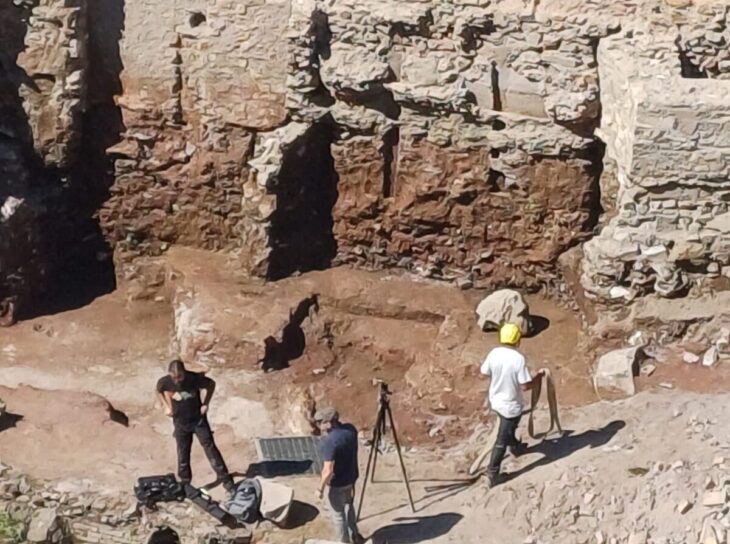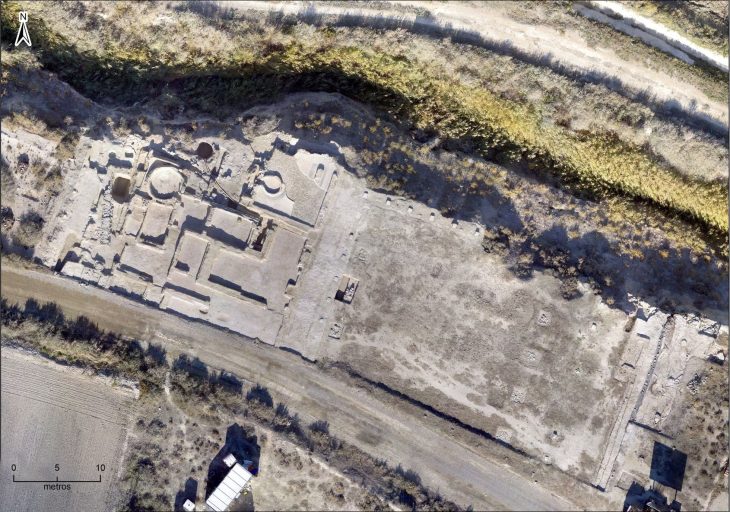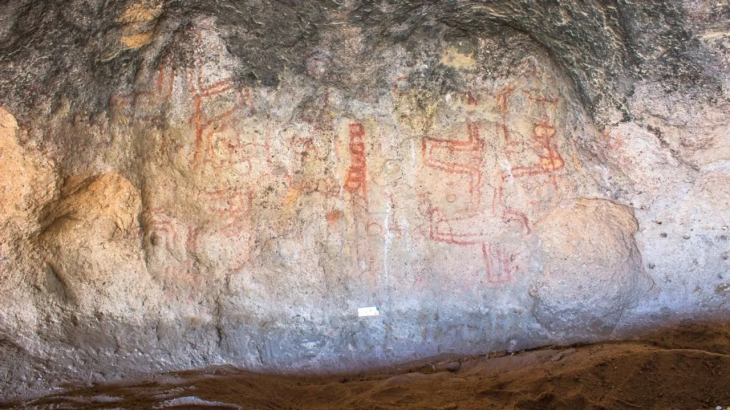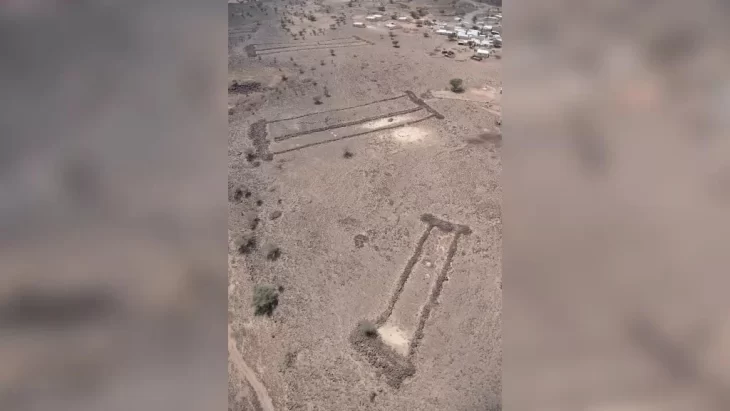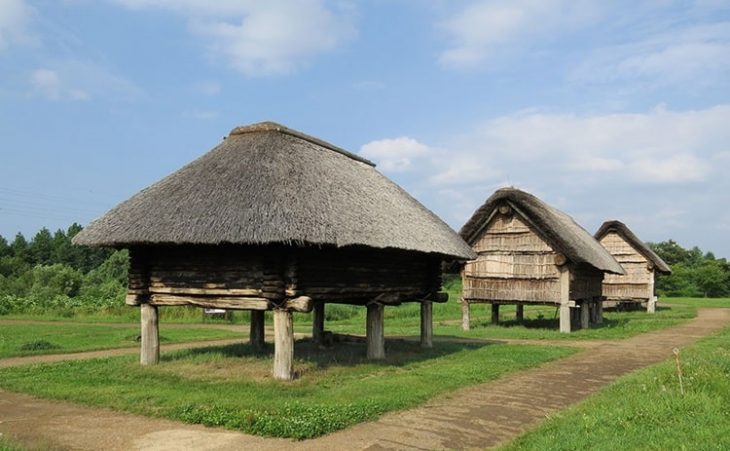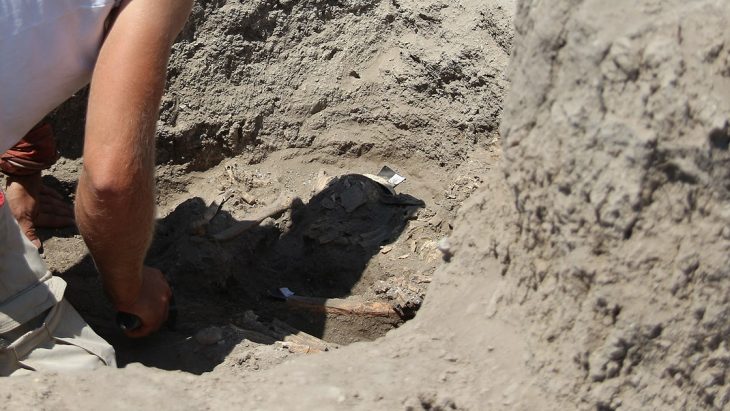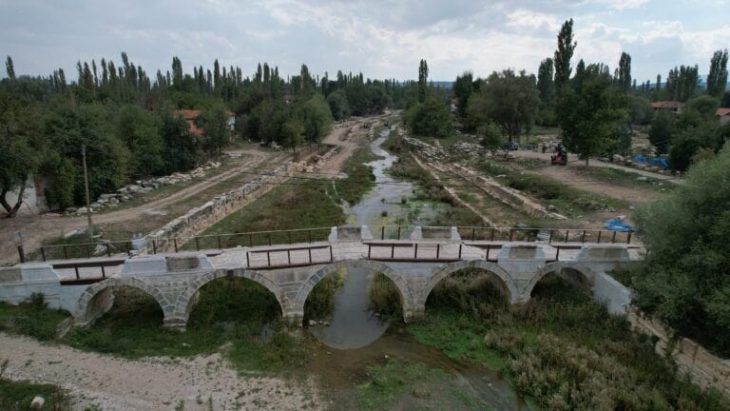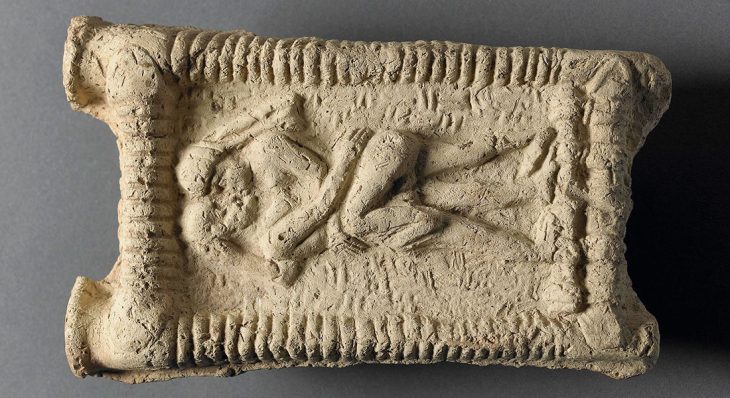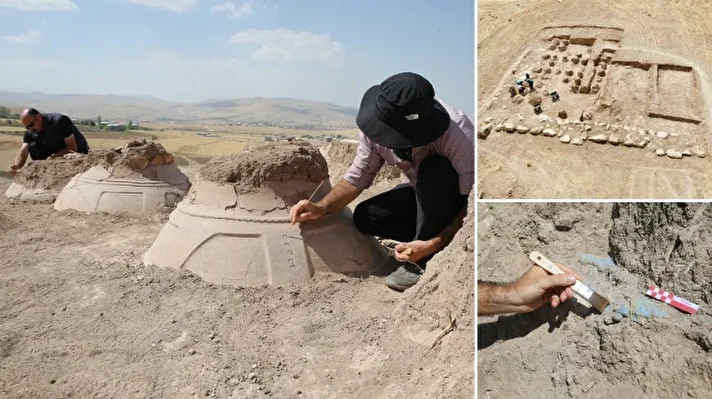Archaeologists excavating the ancient Hittite city of Kayalıpınar (ancient Šamuḫa) in Sivas province have uncovered a remarkable collection of 56 cuneiform tablets and 22 seal impressions, providing new insights into Hittite rituals, royal administration, and the daily workings of the empire.
Who Were the Hittites?
The Hittites were one of the most powerful civilizations of the Late Bronze Age (ca. 1650–1200 BCE), ruling a vast empire from their capital Hattusa in central Anatolia. Known for their advanced legal codes, monumental architecture, and international diplomacy, the Hittites often negotiated or clashed with contemporaries such as Egypt, Assyria, and Babylon.
Their archives, written in cuneiform script, represent some of the earliest organized state records, offering unique insights into governance, religion, and everyday life. Discoveries like those at Kayalıpınar allow researchers to reinterpret this empire’s history with fresh evidence.

Cuneiform Tablets Reveal “Bird Oracles” in Hittite Religion
Most of the newly discovered tablets are small, measuring around 2.5 × 1.5 cm, and remain in excellent condition. They record ritual texts about bird oracles (mušen omens), a form of divination central to Hittite spiritual life.
“The Hittites believed that good or bad events were messages from the gods. They consulted oracles to interpret these signs,” said excavation director Assoc. Prof. Dr. Çiğdem Maner of Koç University.
📣 Our WhatsApp channel is now LIVE! Stay up-to-date with the latest news and updates, just click here to follow us on WhatsApp and never miss a thing!!
The texts mention interpreters, known as lumušen, who were priests or officials specializing in prophecy. These findings indicate that Kayalıpınar hosted not only state archives but also the officials who practiced divination on behalf of the royal family.

Seal Impressions Linked to Royalty and High Officials
Alongside the tablets, archaeologists found 22 seal impressions belonging to Hittite kings, princes, princesses, priests, and high-ranking officials. Notable examples include seals of:
Tuthaliya IV, son of King Hattusili III
A royal scribe of the army
A priest named Kantuzzili, referred to as “lord of the land”
Other members of the royal household and administration
“These seals are invaluable for understanding Hittite political structures, bureaucracy, and even the layout and function of the seal archive building we excavated,” Maner explained.
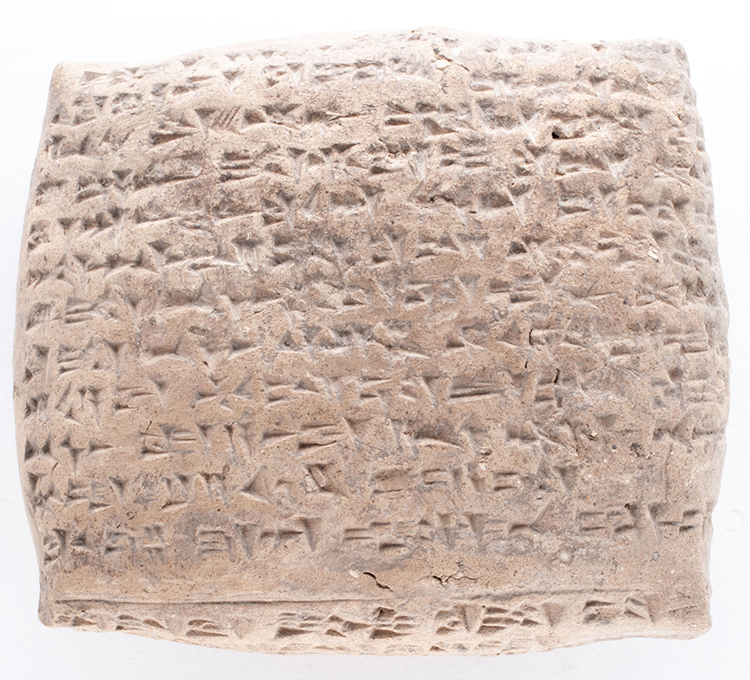
Kayalıpınar: Ancient Šamuḫa, a Multi-Layered Settlement
Kayalıpınar is widely identified with the Hittite city of Šamuḫa, one of the most important urban centers of the empire. Situated near the Kızılırmak River in Yıldızeli district, the site has a long history of occupation.
Earlier excavations revealed remains from:
The Assyrian Trade Colonies Period (20th–18th century BCE)
The Hittite Empire Period (17th–12th century BCE)
Later Roman and Byzantine eras
Previous finds at Kayalıpınar include Hittite palatial structures, storage facilities, and fragments of royal correspondence. The newly uncovered state archive adds to this picture, suggesting the site functioned as both an administrative and religious hub.
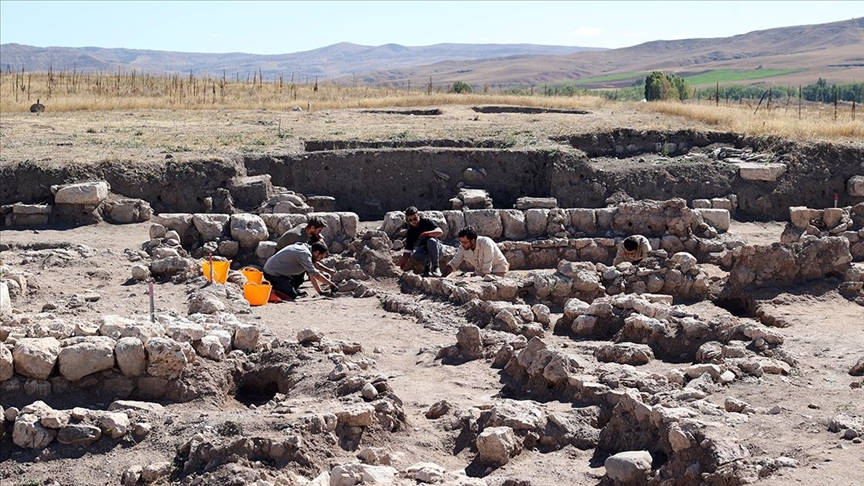
Significance for Hittite Studies
Archaeologists emphasize that the discovery of well-preserved omen texts and seal impressions represents a breakthrough in understanding Hittite state religion, politics, and archival practices.
“These finds will allow us to reinterpret Hittite history with fresh evidence,” Dr. Maner said. “The state archives of Kayalıpınar are crucial not only for reconstructing political events but also for shedding light on cultural and religious traditions of the Hittites.”
Cover Image Credit: AA



